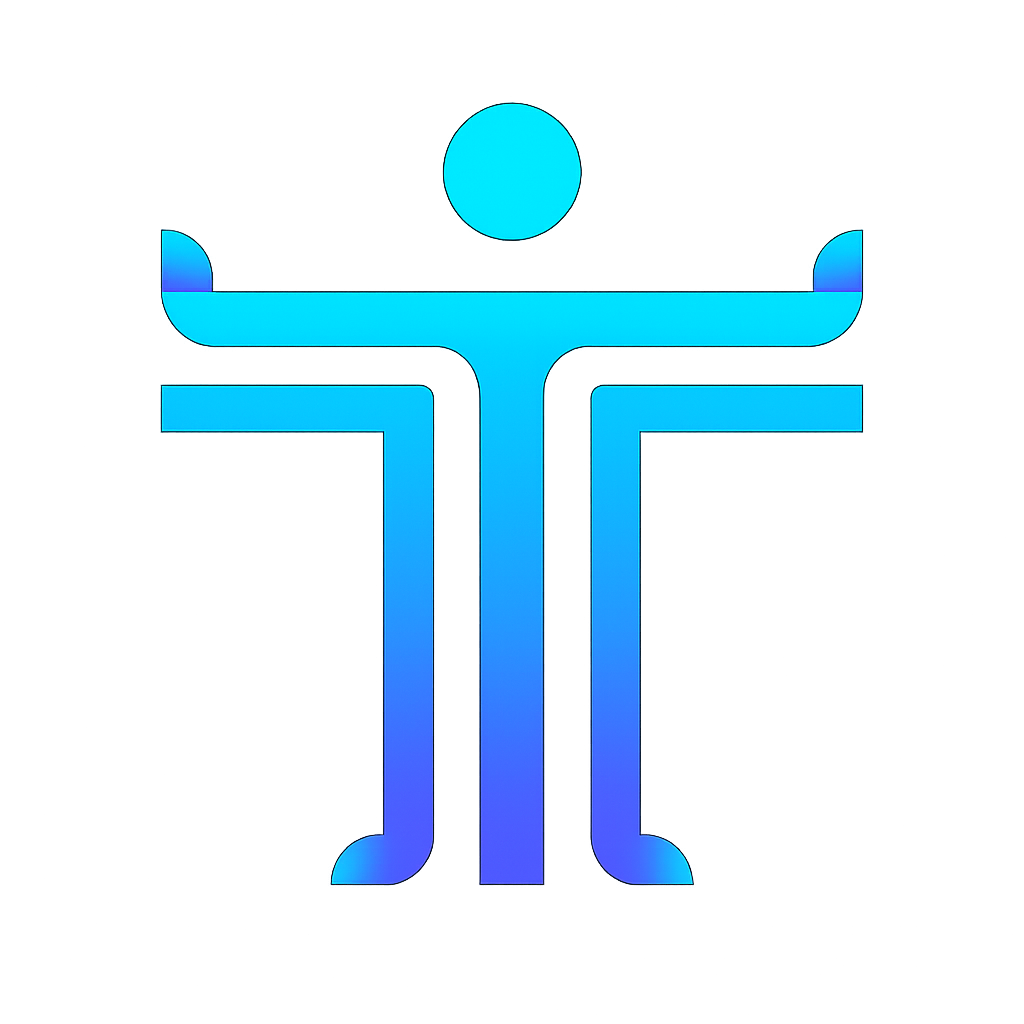


Titan
TM
Multi-task Ergonomic Analysis Software
Transformative technology for ergonomic analysis, design, and solution development
-
Six multi-task modules
-
Easy-to-understand metrics
-
Task-level insights for effective solution development
-
Manage muscle fatigue and optimize productivity


Titan
TM
Multi-task Ergonomic Analysis Software
Transformative technology for ergonomic analysis, design, and solution development
-
Six multi-task modules
-
Easy-to-understand metrics
-
Task-level insights for effective solution development
-
Manage muscle fatigue and optimize productivity
ERGONOMIC ANALYSIS
Problems Faced by Practitioners
TOO MANY TOOLS
Ergonomic analysis can require evaluating multiple body regions (i.e., hand/wrist, shoulder, etc.) and different types of activities (i.e., lift, push, etc.). For comprehensive analysis, it's often necessary to use multiple different assessment models/tools, resulting in a patchwork approach to analysis.
CONFUSING METRICS
Each model/tool seems to have a different (and confusing) metric. It's difficult for most practitioners to confidently and clearly communicate their analysis results to managers and engineers.
SINGLE-TASK TOOLS IN A MULTI-TASK WORLD
Most ergonomic analysis models are single-task, while most work we evaluate is multi-task. Evaluating multi-task work with single-task models can result in unreliable, even misleading, results.
LACK KNOWLEDGE & SKILLS
Conducting multi-task analysis is difficult and time-consuming. Many practitioners lack the knowledge & skills necessary to confidently and efficiently conduct multi-task analysis.
Become a multi-task analysis hero!



Titan
TM
SIX ANALYSIS MODULES
Titan is a comprehensive ergonomic analysis platform, with six modules. Titan was developed for evaluating the entire job, not just parts of it. Say goodbye to patchwork analysis requiring the use of multiple different tools. Titan brings cohesiveness to multi-task analysis.


MULTI-TASK ADVANTAGES
Titan is a multi-task ergonomic analysis solution. Most jobs are multi-task, not single/mono-task. Single-task assessment tools (i.e., REBA, RULA, HAL, LM-MMH, etc.) were designed for evaluating single-task work, not multi-task work. Evaluating multi-task work with single-task models often leads to unreliable, even misleading, results. Titan is a dependable multi-task analysis solution.
USER-FRIENDLY DESIGN
Titan is user-friendly, with helpful graphics imbedded into touch-screen inputs and pull-down menu’s. And Titan has your back, with data entry safeguards such as “guardrails” and Quick-Fix suggestions as you complete your analysis. Use Titan on any device: phone, tablet, or desktop. We’re working to make multi-task analysis easy.


OBJECTIVE INPUTS
Titan leverages objective input data that can be easily measured using standard tools such as a force gauge, tape measure, and stopwatch. In contrast, other analysis methods—such as DUET and the Revised Strain Index—rely on subjective force estimates, while video motion capture results vary with the observed worker's height/stature. Titan’s approach ensures that its inputs remain consistent and independent of individual worker characteristics, delivering reliable and repeatable results.
EASY-TO-UNDERSTAND METRICS
Titan has one unified, easy-to-understand metrics dashboard—incorporating all six analysis modules. And when it’s time for a deeper dive into the metrics, the tap of a finger takes you from the high-level dashboard to user-friendly charts and task-level metric insights. Titan enables you to present analysis findings with clarity and confidence.

TITAN INTRODUCTION
I've been deeply involved in multi-task ergonomic analysis for a decade, co-developing the Recommended Cumulative Recovery Allowance, RCRA (Gibson & Potvin, 2016)—a method now cited in multiple academic publications and used by 59% of surveyed ergonomists in the United States, Canada, and Australia (Fanshawe College, 2024). And I continue to conduct and learn about multi-task analysis in my consulting practice.
Multi-task ergonomic analysis is complex and has a steep learning curve. It requires in-depth knowledge of population strength research, statistical modeling, and time-intensive calculations. But the payoff is high, providing task-level insights and enabling development of smarter, more targeted solutions.
That’s why I created Titan—a powerful, psychophysics-based software tool built to streamline multi-task analysis. Titan’s development benefited from collaborative input from ergonomists & engineers in the automotive sector. I believe Titan represents a meaningful advancement in the field of industrial ergonomics, and I encourage you to schedule a demo to explore its capabilities.
Murray Gibson, PE, CPE
Founder
Saturn Ergonomics
2025 Applied Ergonomics Conference Practitioner of the Year
2025 AEC Practitioner of the Year

A Plan for Better Analysis


Don't Miss an Issue of Ergonomics Magazine


